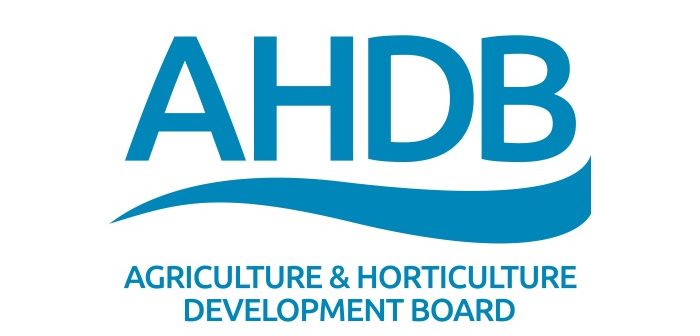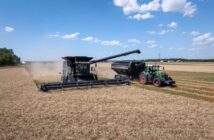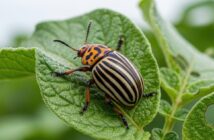Official potato trial seed sent to Kenya has passed initial lab tests and is now growing well in three locations.
AHDB and SASA have been working together to open the Kenyan market to GB seed with a bilateral agreement signed by the Scottish and Kenyan governments late last year. Since then, there has been a significant amount of work behind the scenes to transport, test and plant seed on Kenyan farms.
AHDB’s head of crops export market development, Rob Burns, explains: “Before commercial growers can access the market trial seed needs to be tested and grown over two seasons in at least three geographical locations in Kenya. Fortunately in Kenya there are two growing seasons annually so we hope to reach the end of this process, and open up the market fully, by early 2018.
“Potatoes are the second most important food crop in Kenya after maize with about 2-3 million tonnes of potatoes grown annually. The real opportunity in Kenya is in the burgeoning middle class; there is a growing market for premium potato-based products such as crisps and chips, and for these they need the high quality seed for which we are renowned.”
A total of ten varieties have been sent for trialing, four free varieties – Hermes, Atlantic, Cara and Russet Burbank – and six commercial varieties provided by the James Hutton Institute. The varieties selected are processing varieties which are expected to thrive in hot, dry conditions.
Most farmers in Kenya (95%) use poor quality home saved seed and grow as little as ten tonnes of potatoes per hectare. The seed is blamed for endemic spread of diseases, especially late blight, bacterial wilt and viruses. The GB seed currently being trialed should not only be healthier but should produce 40-50 tonnes of potatoes per hectare.
SASA’s export liaison officer, Jackie Gibson, says so far the GB seed planted in Kenya is doing very well. She says: “We sent over 1200 tubers per variety, 400 of which underwent laboratory testing for soft rots; they passed with flying colours. The Syngenta Foundation have been a great partner, helping us identify farms to work with, and 400 tubers per variety were planted on three farms in late April/early May. The final 400 are in cold storage and will be planted out in the second season in October.
“The good news is that the crops are looking really well, we have full emergence on two sites. The third is a little behind due to very dry weather, however drip irrigation has now been installed and we are confident it will soon catch up.”
The crops will be inspected by Kenya government officials from Kephis as the season progresses with a final inspection after harvest. Once the results of that inspection are known the team will decide whether to drop any varieties for the autumn growing season. Any variety which makes it successfully through the two seasons will be added to Kenya’s national list and can then be imported from GB growers.
Getting British varieties approved in Kenya could potentially also result in opening neighbouring markets in other African countries.
Jackie explains: “Kenya is part of the Common Market for Eastern and Southern African (Comesa) which consists of 19 countries. Comesa rules state that if a variety is approved in two of those countries it can be marketed in all 19. As we already have varieties being exported to Egypt, getting approval in Kenya could open many doors.
“Things are going really well so far, the government officials in Kenya have been great to work with and both sides are keen to see commercial seed approved for import. We’re confident this is the beginning of a strong export partnership.”




